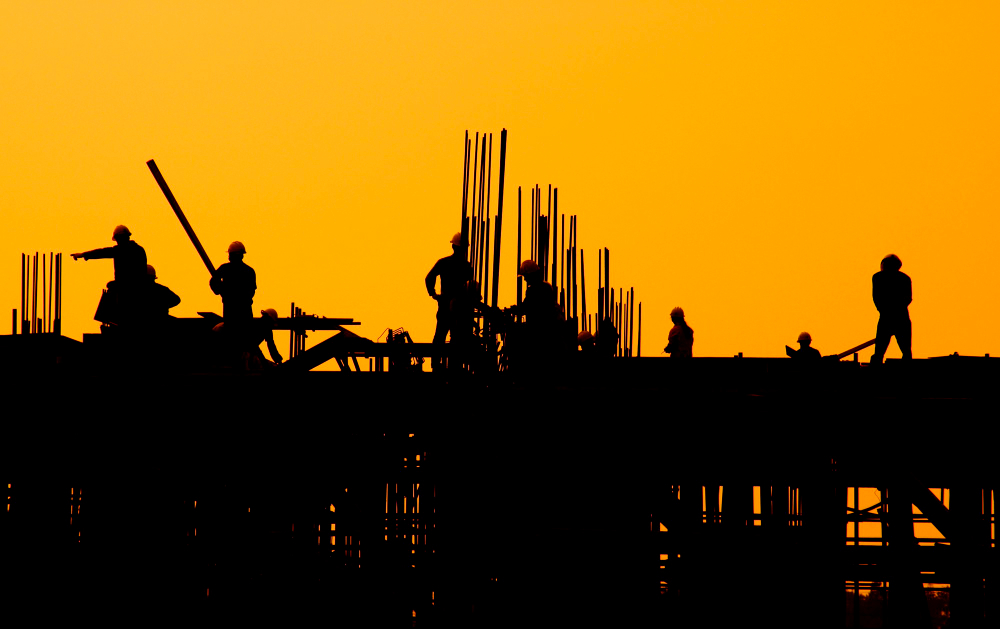In a world where health and wellness are at the fore, our homes have become an extension of this mindset. Our homes are more than just a place to retire for the night; they are sanctuaries of our wellbeing. Your choice of building materials for construction or furnishing can significantly impact your health and quality of life.
Extremely important but often overlooked, non-hazardous building materials are essential for leading healthy lives and homes. Let’s explore why these materials matter!
The Hidden Dangers of Building Materials
Most people don’t know that conventional building materials contain harmful chemicals and compounds that are detrimental to health. Materials like paints, adhesives and some types of wood generate volatile organic compounds (VOCs). These VOCs can cause air pollution, leading to a range of health issues like respiratory challenges, headaches and fatigue. Prolonged exposure to these toxic substances can lead to devastating consequences.
Indoor Air Quality Matters
Indoor air quality is the foundation of a healthy home. Poor indoor air quality can birth several health challenges, including asthma, allergies and other respiratory ailments. By using non-hazardous building materials, you can significantly reduce the levels of VOCs and other toxins in your home and promote optimum indoor air quality ━ , creating a healthy living environment for you and your family.
Protecting Vulnerable Populations
Vulnerable demographics, including children and seniors, are particularly susceptible to the harmful effects of hazardous building materials. Children who are still in the early stages of development can be more sensitive to toxins in the environment. On the other hand, older adults have weakened immune systems and are also at significant risk. That said, using non-hazardous building materials in construction and renovation can provide a safer environment for the vulnerable populace of society.
Sustainable Choices for a Greener Planet
Non-hazardous building materials make excellent sustainable choices. The vast majority of these materials are manufactured with the environment in mind and are recyclable or biodegradable. By working with non-hazardous materials, homeowners can protect their health and contribute to climate preservation. Sustainable building practices minimise resource consumption and are of benefit to the environment and individuals.
Certification Plays a Major Role
As the world gains more awareness of the importance of non-hazardous materials, many organisations and certifications have surfaced to help consumers make insightful decisions. Building material powerhouses like Roundtower Lime provide a range of training, shedding light on various topics and skills such as practical lime training courses, wood fibre insulation, and low-carbon lime products for mainstream construction, among others.
The Bottom Line
The quest for healthier homes and buildings has led to the development and use of non-hazardous building materials. These materials are certified safe for residents and the environment. They significantly improve indoor air quality, promote sustainability, contribute to a healthier planet and protect vulnerable populations. Prioritising non-hazardous materials in construction and renovation projects is an investment in our well-being and that of future generations. Ultimately, the path to a healthier life starts from our doorsteps!

